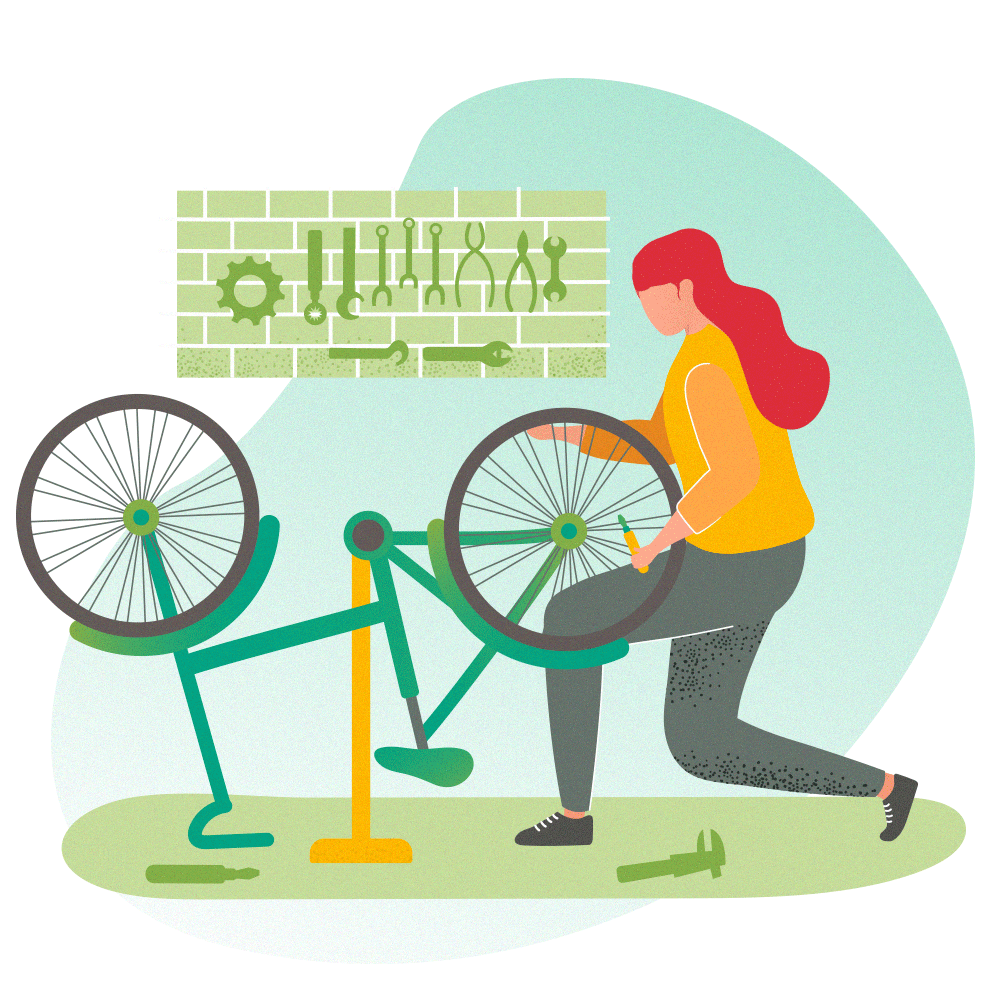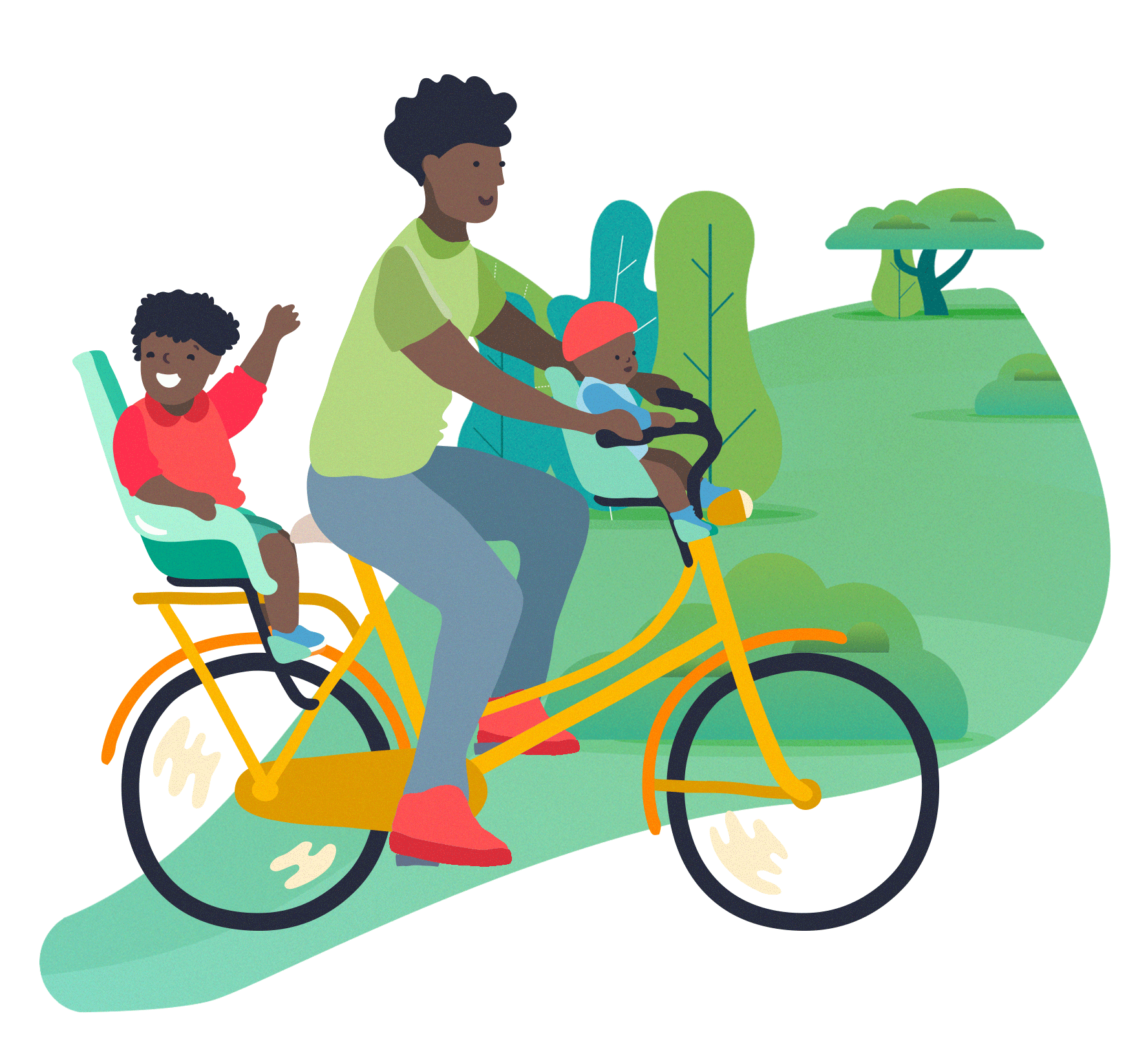Glossary
There are several key words and concepts that you may find in my articles, blogposts or in the literature that I refer to. Here I explain them in short.
Cycling Network
A cycling network is a network of cycling routes that connect origins and destinations in a safe, comfortable, attractive and direct way. The network can consist of different types of cycling infrastructure such as protected bike lanes, cycling streets and streets with low speed and low volume motorized traffic.
Planning
Planning is a process to develop a strategy to achieve a certain result. The planner, or planning team, identifies desires for the future. These can be problems that must be solved, or desired goals. Then the team looks ahead and decides what actions can lead to the desired outcome. The result of this process is typically written down in a planning document.
Cycling Plan
A cycling plan is a document that describes the ambition of a city, region or country with regard to cycling. It describes how the government will facilitate and stimulate cycling in a certain period. It contains actions to improve the cycling network, to increase cycling safety and to implement cycling programs.
Cycling Programs
Cycling programs are sets of related measures and activities that support the long-term ambition for cycling in a city, region or country. Examples of such measures and activities are cycling education and promotion. The programs are often times executed by partners such as schools, NGO’s and companies.


Gender and Diversity
The domain of transport and mobility is often times seen as gender neutral. As a result, important differences between (groups of) people are not taken into account when making cycling plans.
Gender
Gender refers to the economic, social, political, and cultural attributes and opportunities associated with being women and men. It is a socially constructed expression of particular characteristics and roles, that vary among cultures and change over time.
Diversity
Diversity is the acknowledgement of the existence of a range of human differences, including race, ethnicity, gender, gender identity, social class, age, and physical ability. It is about dimensions that can be used to differentiate groups and people from each other. The reason for differentiation is the appreciation and respect for differences between (groups of) people.
Intersectionality
Intersectionality describes how race, class, gender, and other individual characteristics ‘intersect’ with one another and overlap. It is the key analytical framework through which feminist scholars in various fields talk about interlocking systems of power and oppression. The term was first used by professor Kimberlé Crenshaw in 1989.
Gender Aware Planning
Gender aware planning refers to the process of planning and designing the implementation of policies, programs or projects from a gender perspective. It is an active approach to planning that takes gender as a key variable and seeks to incorporate an explicit gender dimension into policy or action.
Opportunities for All
The following terms are used in conversations about accessibility and mobility opportunities for everyone.
Equality
Equality means that each individual or group of people is given the same resources and opportunities, irrespective of their capacities and needs.
Equity
Equity means that it is recognized that each person has different circumstances. Resources and opportunities are allocated in such a way that an equal outcome is expected.
Justice
Justice is about fixing the system in a way that leads to long-term, sustainable, equitable access for generations to come.
Fairness
Fairness is the quality of making judgments without favoritism or discrimination. It means that everyone in a group has an equal opportunity to benefit.

Angela van der Kloof
info@so-cycling.nl
